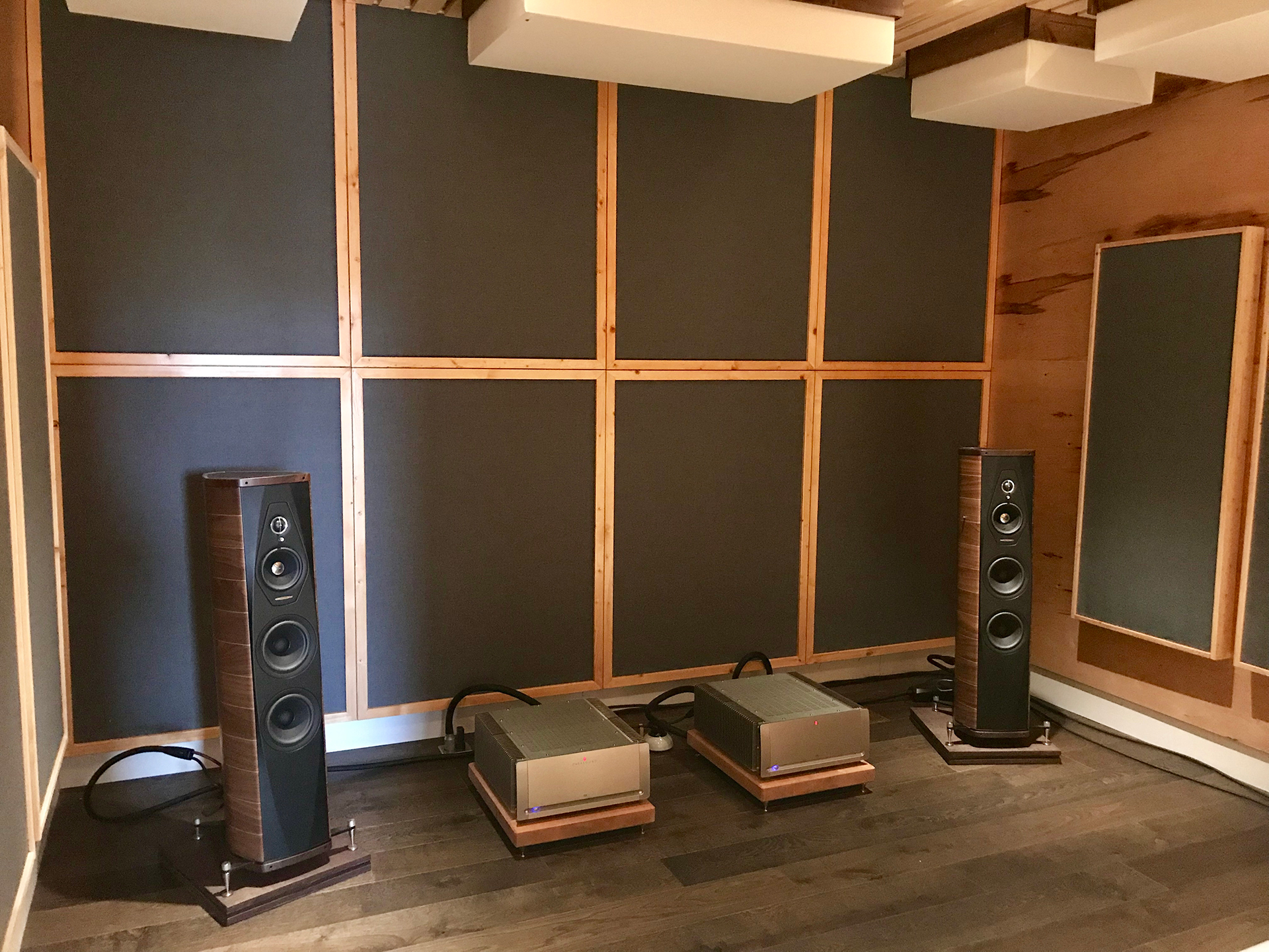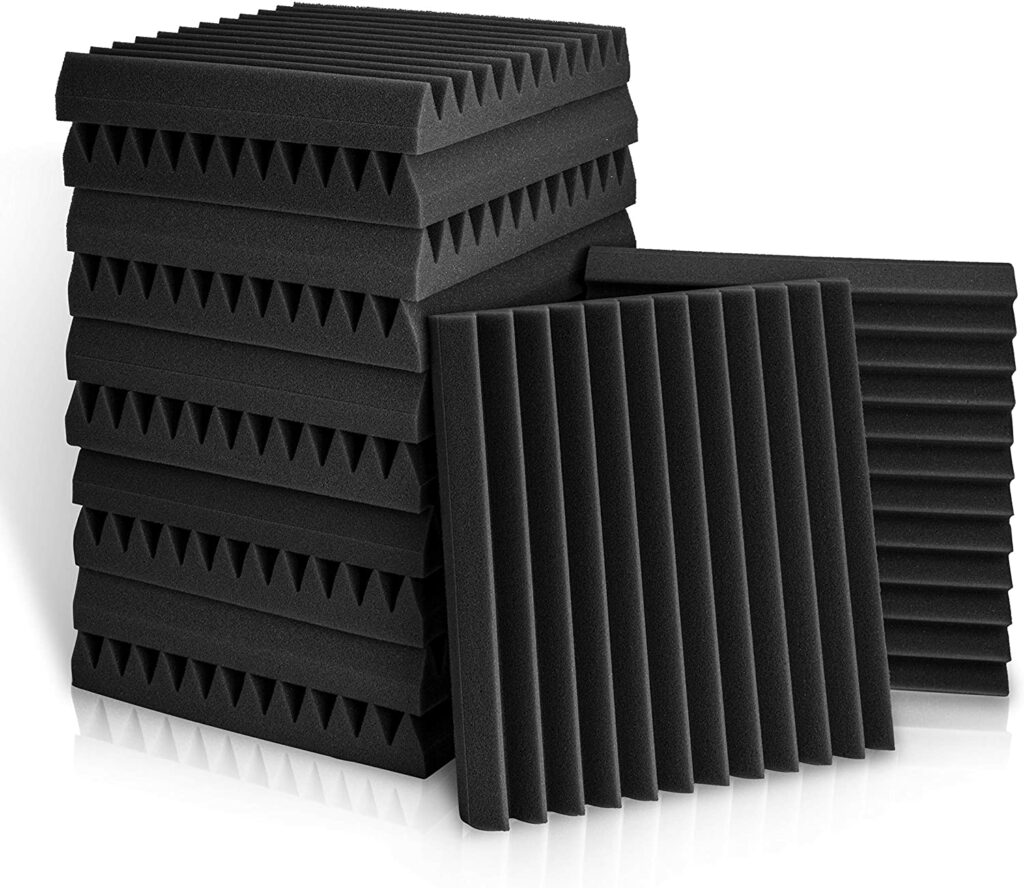
Table of Contents
Introduction
The search term for soundproof foam pads is another example of the confusion within the acoustic industry. The first issue with this search term soundproof foam pads is the word soundproof. There is no such thing as soundproof. Noise is managed or mitigated to fall below certain levels that are determined by measurements. Nothing with noise is ever “proofed”. Noise levels are lowered to conform to whatever noise transmission goals are determined to be valid.
The second issue is the use of the words “foam pads” in the search term soundproof foam pads. Foam is not a noise reducing technology. Soundproof foam pads are a sound absorption technology. Noise transmission and sound absorption are two different branches of physics with two different types of treatment options. There is no overlap between noise and sound absorption when it comes to specifying treatment types for both.
Managing Noise: Tackling Vibrational Acoustics
When you are dealing with noise issues, you are dealing with vibrational acoustics. Take the noise generated from the morning garbage truck that slides through the alleys picking up trash and producing low frequency rumble. The low frequency energy is powerful with long wavelengths of energy that travel through the air. As they move through the air they head towards your bedroom walls. When they strike the walls the airborne energy turns into vibrational energy.
The long, low frequency pressure waves strike your walls and start your walls vibrating. It is now vibrational energy that must be managed using vibrational acoustics to minimize the vibrational transfer of energy through the walls. The goal with any noise design is to reduce vibrations. The less vibrations the less noise transmission waking you up at 5 am. The noise process starts with airborne energy and then strikes the walls and converts to vibrational energy.
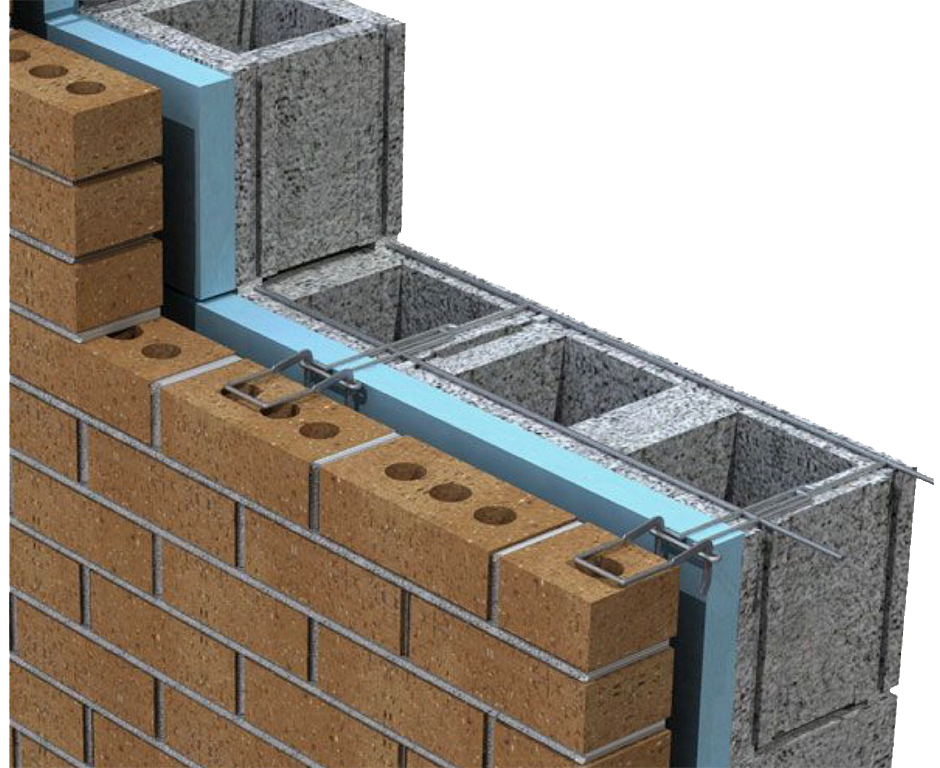
Applying Vibrational Acoustics for Effective Energy Drainage
Another example to use to illustrate vibrational acoustics is to think about the truck exit ramps for mountain driving. Mountain driving involves heavy loads moving up and down steep grades. If a semi-truck loses its brakes, the driver will look for an exit ramp specifically designed for large trucks that have lost their brakes. The ramp is designed at a 45 degree angle that moves upward.
The ramp is using gravity to slow the forward momentum of the truck since it has no brakes to stop on its own. If the ramp is not long enough to completely stop the truck, there are water and sand containers that will act as barriers to slow the truck down even more. The ramp uses gravity to bleed off the forward momentum of the truck. With noise transmission, we use the same approach to drain the energy from the vibrations. We do not use gravity, we use multiple layers of materials that are based upon the noise we are trying to mitigate.
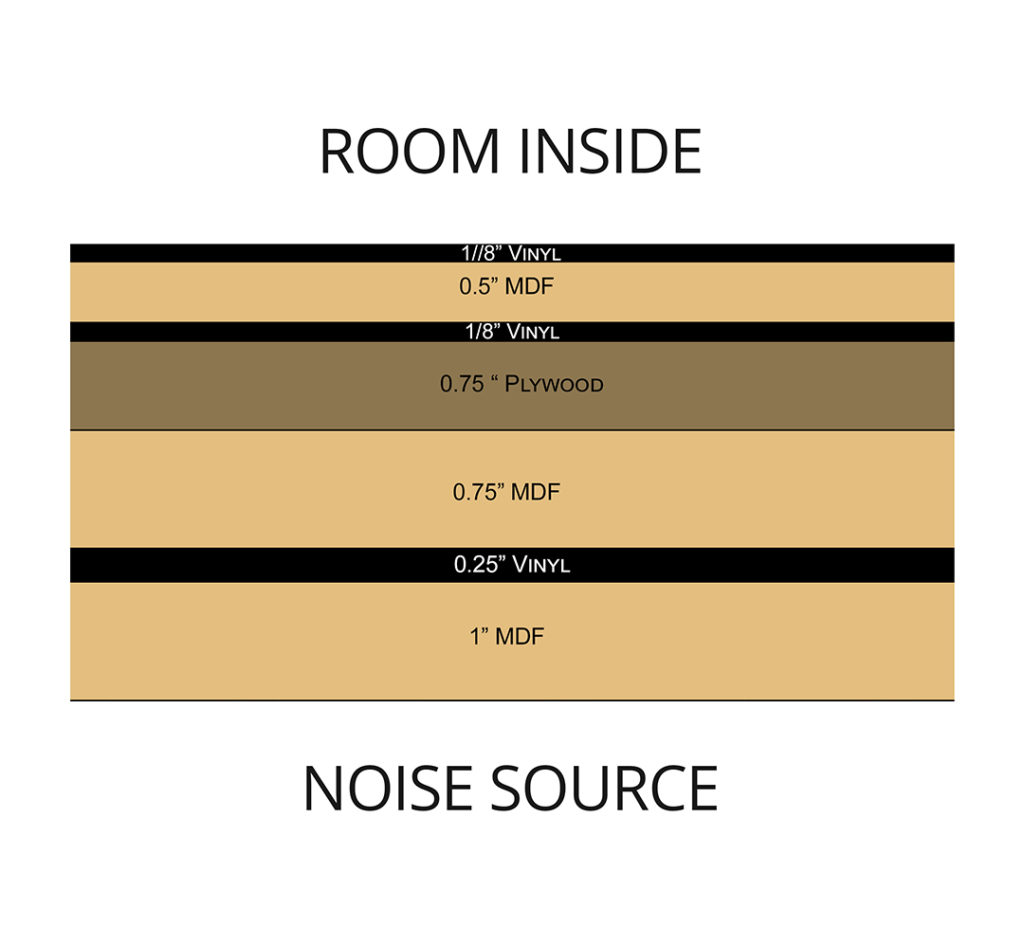
Understanding Frequency and Amplitude for Barrier Design
To reduce the impact of noise transmission, we must first measure the frequency and amplitude of all noise issues. The frequency is where the noise lives on the audible human hearing scale. The amplitude is the strength of that frequency. With all noise issues, we must quantify and qualify both frequency and amplitude so we know what material types to use in building our barrier. A barrier is a structure that is designed based upon the frequency and amplitude of the noise that is placed between the noise source and you, the receiver.
All barriers are permanent structures that must be designed and built. There are no soundproof foam pads that you can place on your walls that will reduce noise transmission. Noise is like water. It will find the weakest link in the structure and go through it. There are no wall hanging or soundproof foam pads that will mitigate noise transmission issues. At Acoustic Fields, we have noise measurement processes that you can apply using your phone.
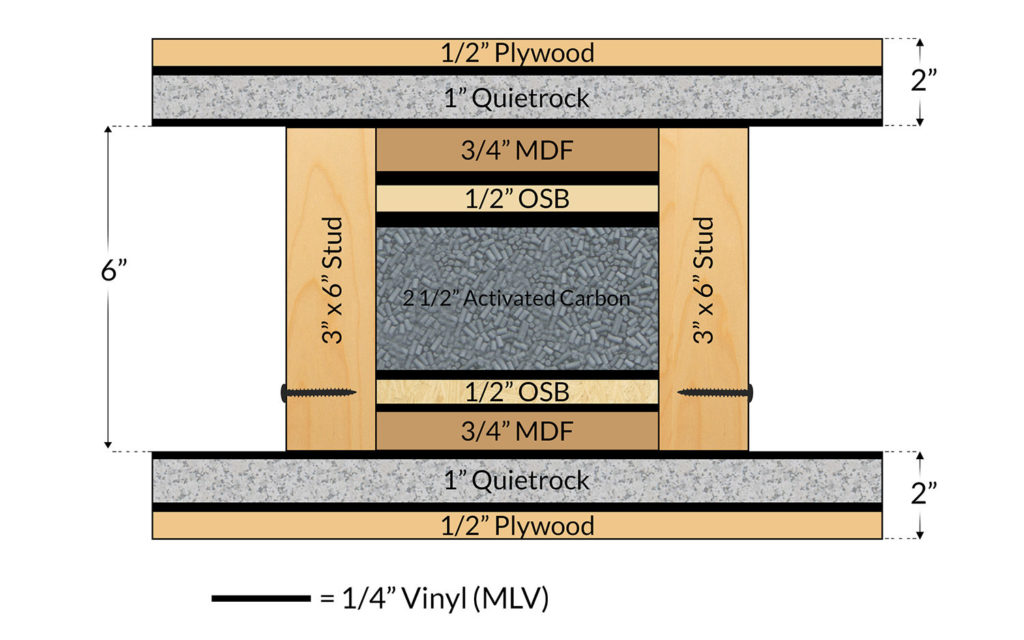
Optimizing Noise Barriers
The barrier you build uses materials that are based upon the frequency and amplitude of the noise issues. The material type, the thickness of said material, along with the way the materials are arranged within the structure all contribute to the barriers’ performance. This is why it is critical to measure the noise since the materials you will use, their thickness or density, and how you arrange them within the structure is critical if you are going to mitigate the frequency and amplitudes of the measured noise.
With noise and building barriers for it, you do not want to spend one dollar more than you have to since it is a permanent construction fix. Since the barrier is built into the structure, you will not be able to take it with you. You will also not receive any credit on an appraisal for having a quiet room. The old carpenter adage of measure twice cut once applies to all noise barrier builds.


